The article “Famous Historical Sites That Disappoint in Person” examines the disparity between our expectations and the reality of visiting renowned landmarks. It explores factors such as overcrowding, commercialization, and the natural erosion of historical structures that can diminish the awe-inspiring experience we anticipate. By delving into these complexities, the article sheds light on our nuanced relationship with these iconic destinations.
Stonehenge (England)
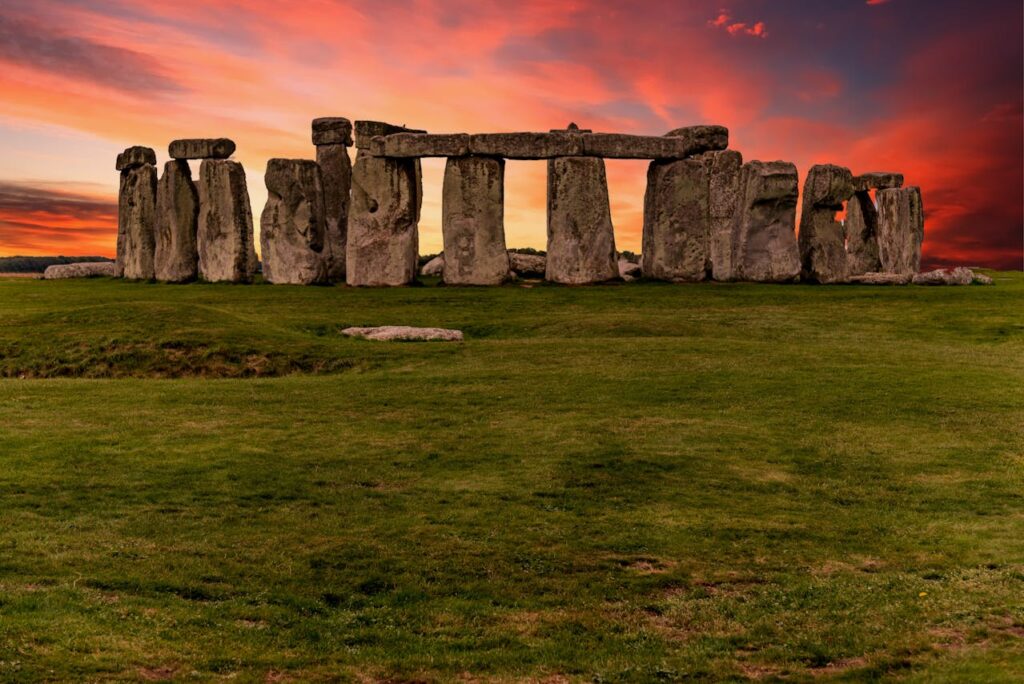
While its mysterious origins and alignment with celestial events are intriguing, the site’s fenced-off proximity and limited access can dampen the experience for visitors.
The Colosseum (Italy)
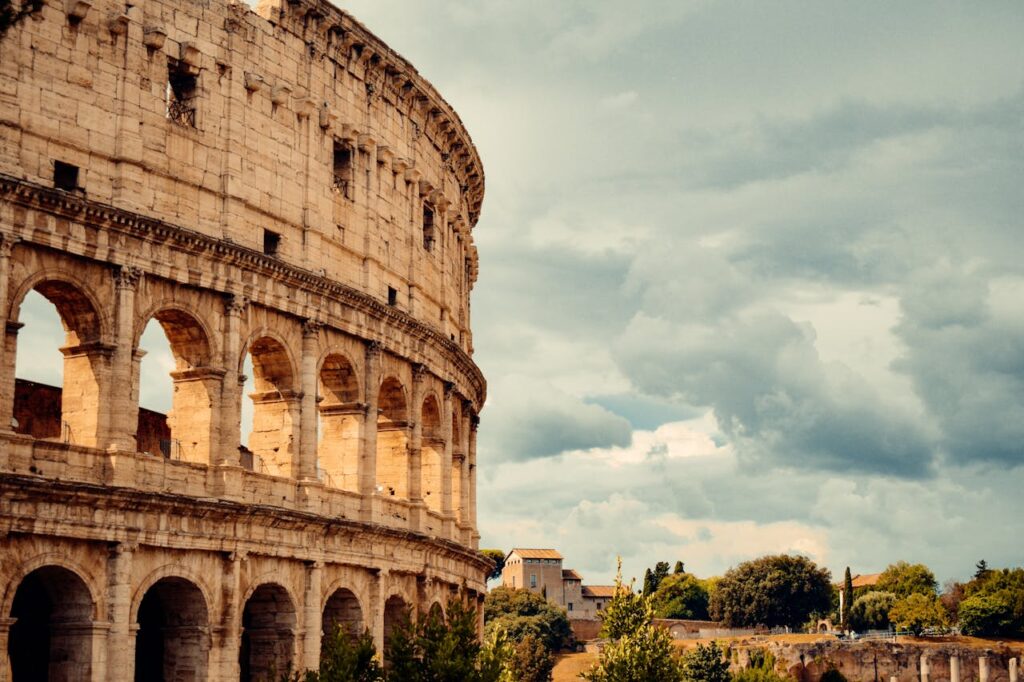
Despite its historical significance as a Roman amphitheater, the Colosseum’s crowds, restoration scaffolding, and restricted areas may detract from the overall visit.
The Great Wall of China
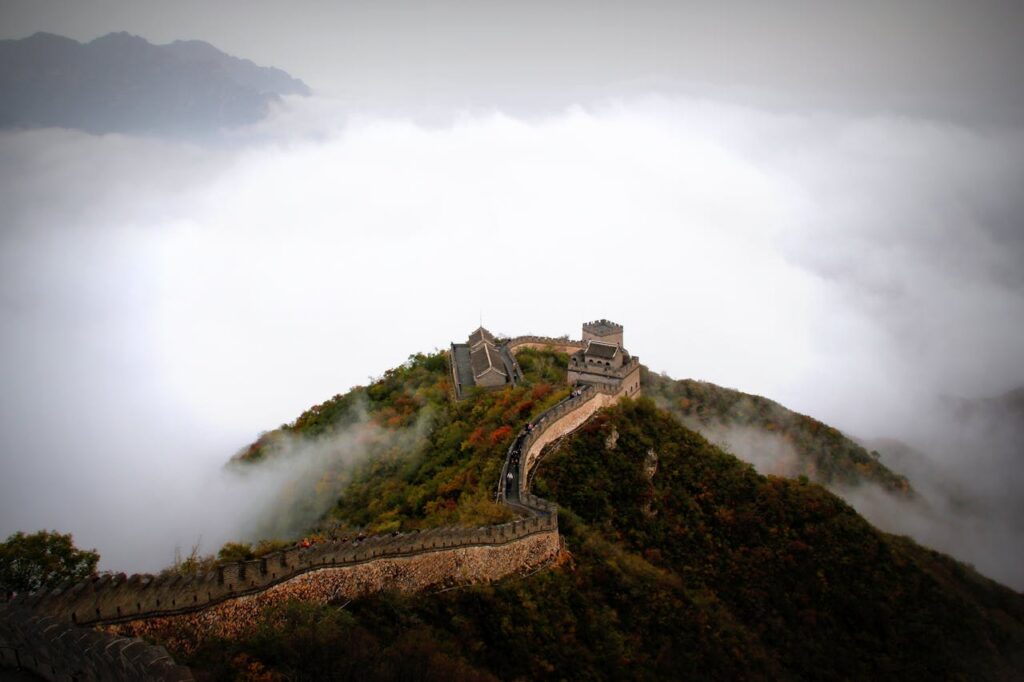
Sections like Badaling and Mutianyu are often overcrowded with tourists, diminishing the sense of ancient grandeur that many expect.
Machu Picchu (Peru)

Its remote location and popularity can lead to overcrowding, and preservation efforts like restrictions on climbing certain structures can limit the experience.
Taj Mahal (India)
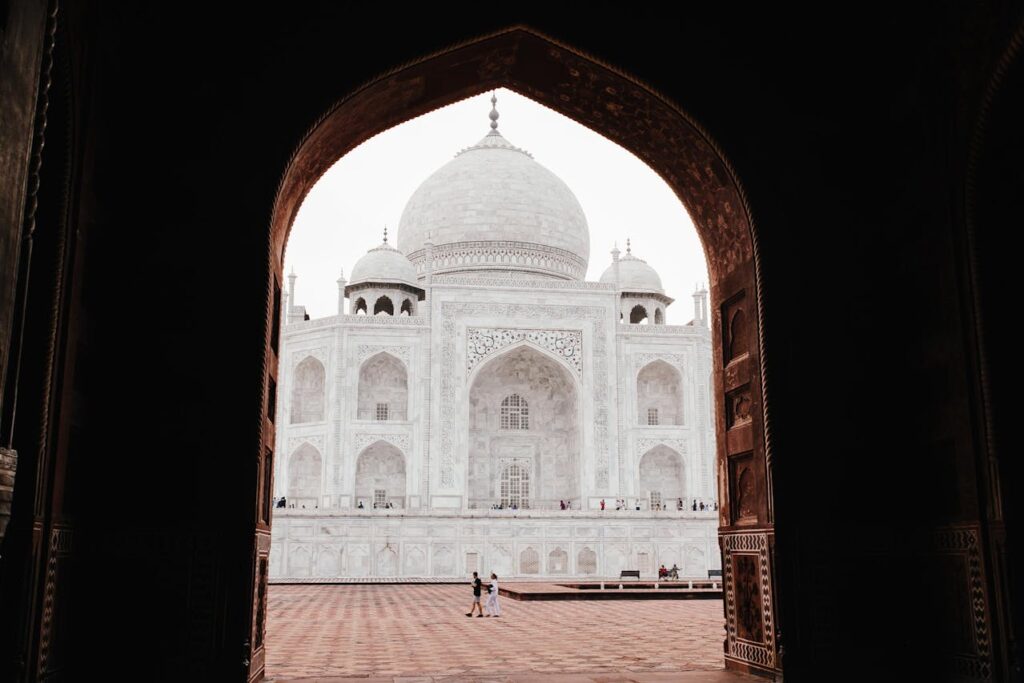
Although breathtaking in its design and symbolism, the site’s crowds and air pollution can detract from the serene beauty portrayed in photographs.
Pyramids of Giza (Egypt)
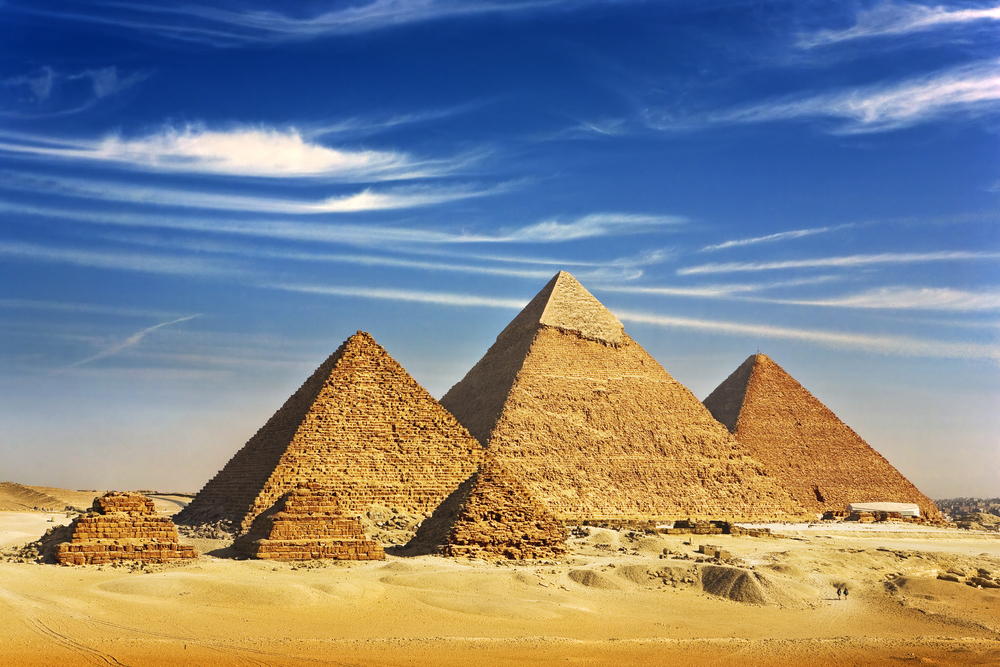
Heavy tourist traffic, persistent vendors, and the lack of surrounding desert solitude can diminish the mystique of these ancient wonders.
The Eiffel Tower (France)
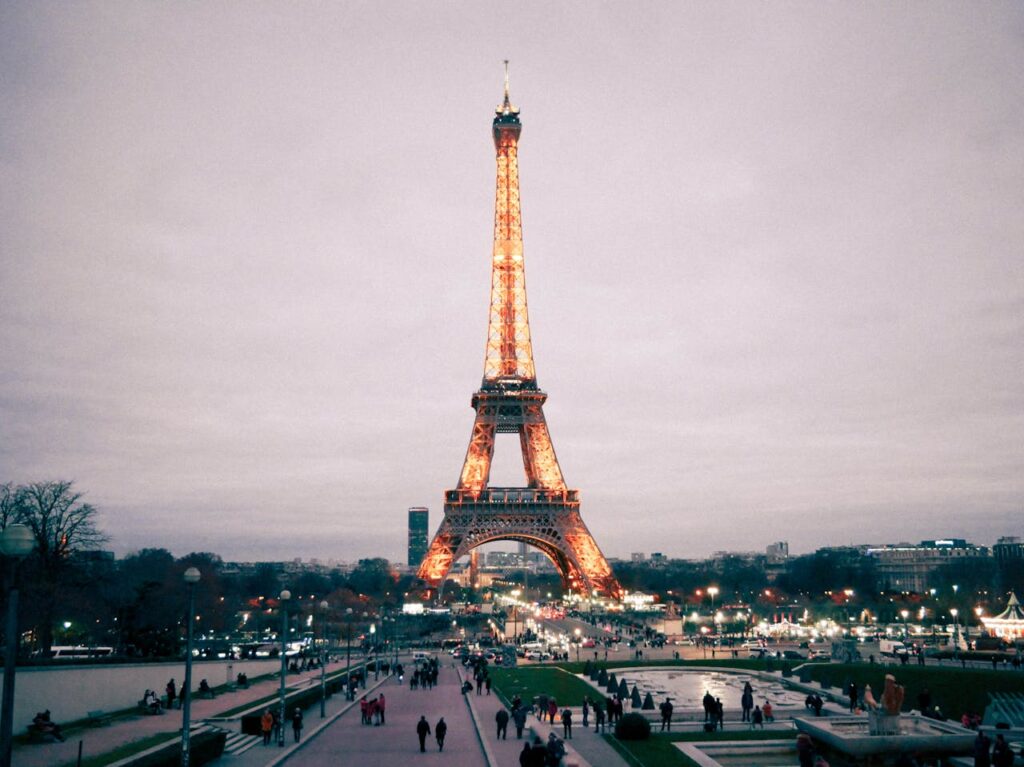
Long queues, limited space at the top, and the commercialized environment around it can detract from the tower’s iconic allure.
The Louvre Museum (France)
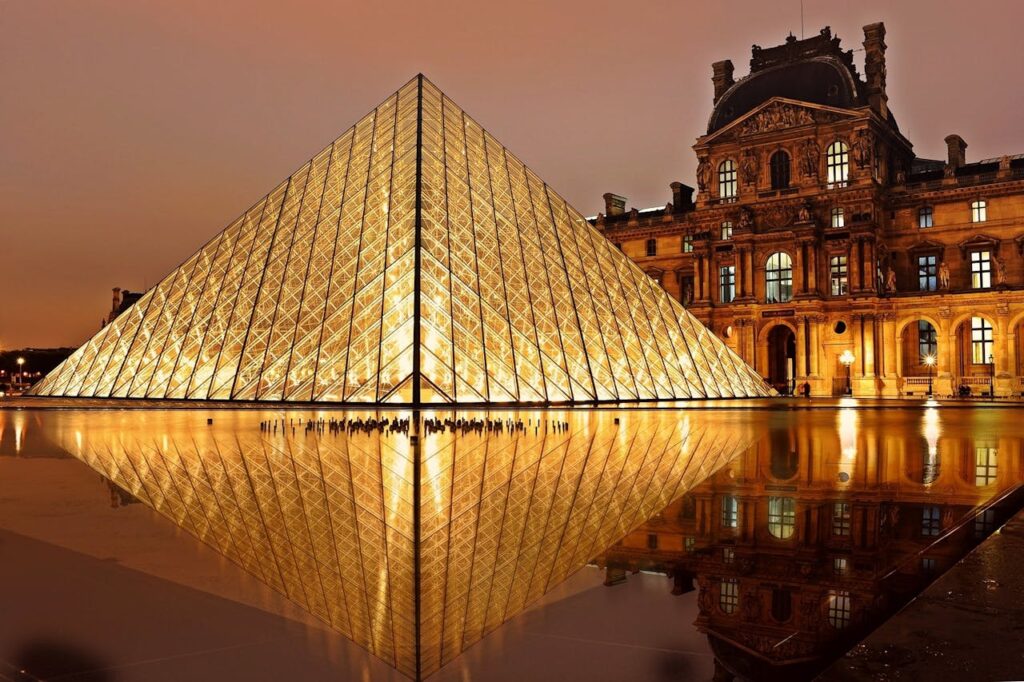
While home to iconic artworks like the Mona Lisa, the museum’s vast size and overwhelming crowds can make it challenging to fully appreciate the exhibits.
The Parthenon (Greece)
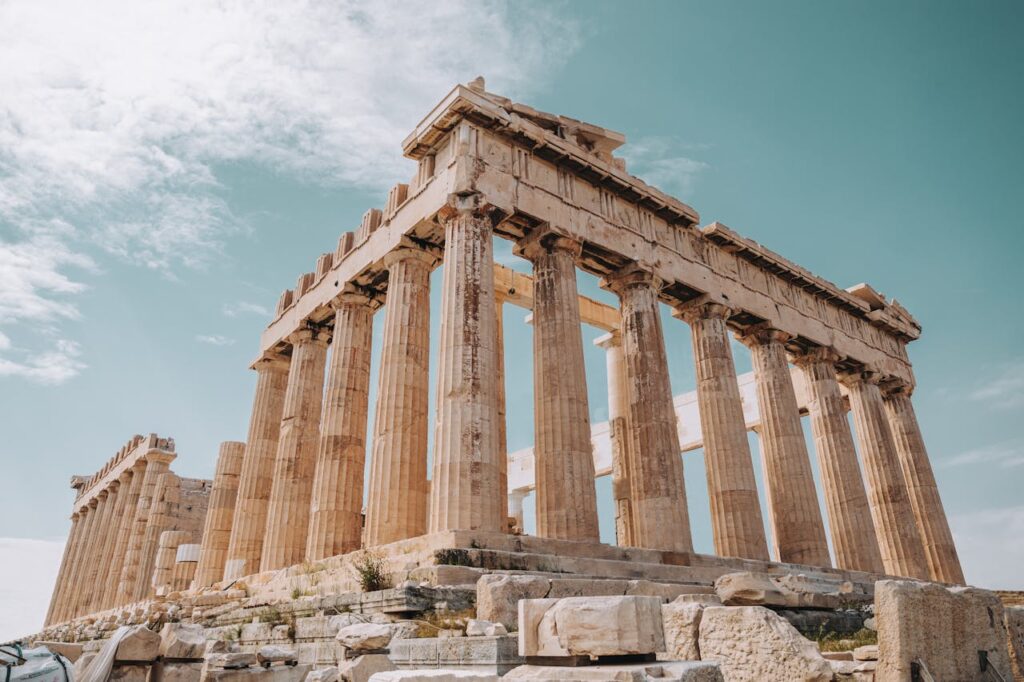
Reconstruction efforts and the presence of modern structures nearby can detract from the authenticity of this ancient temple.
The Statue of Liberty (USA)
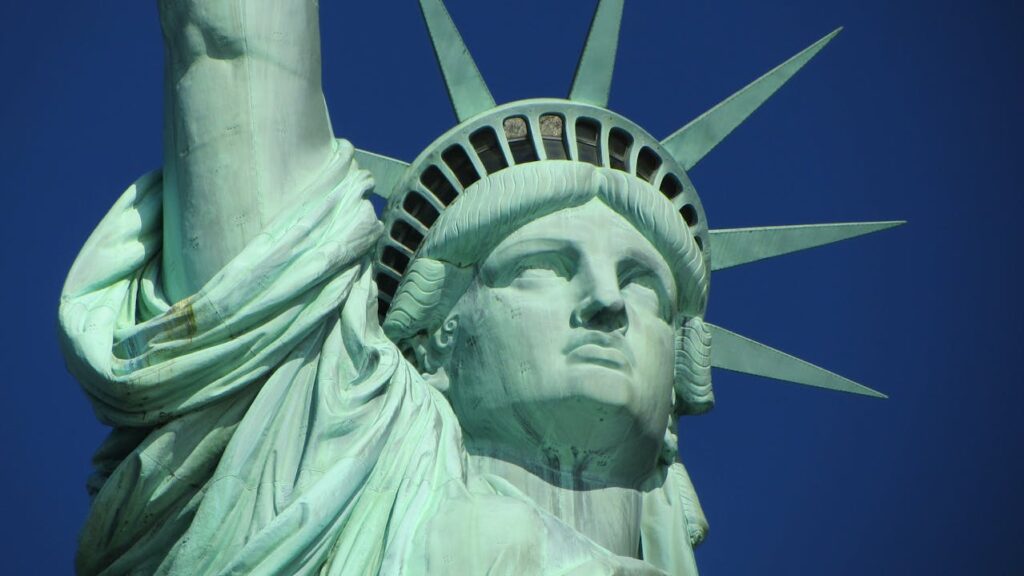
Limited access to certain parts of the statue and the crowded ferry rides can detract from the experience of visiting this symbol of freedom.
The Alhambra (Spain)
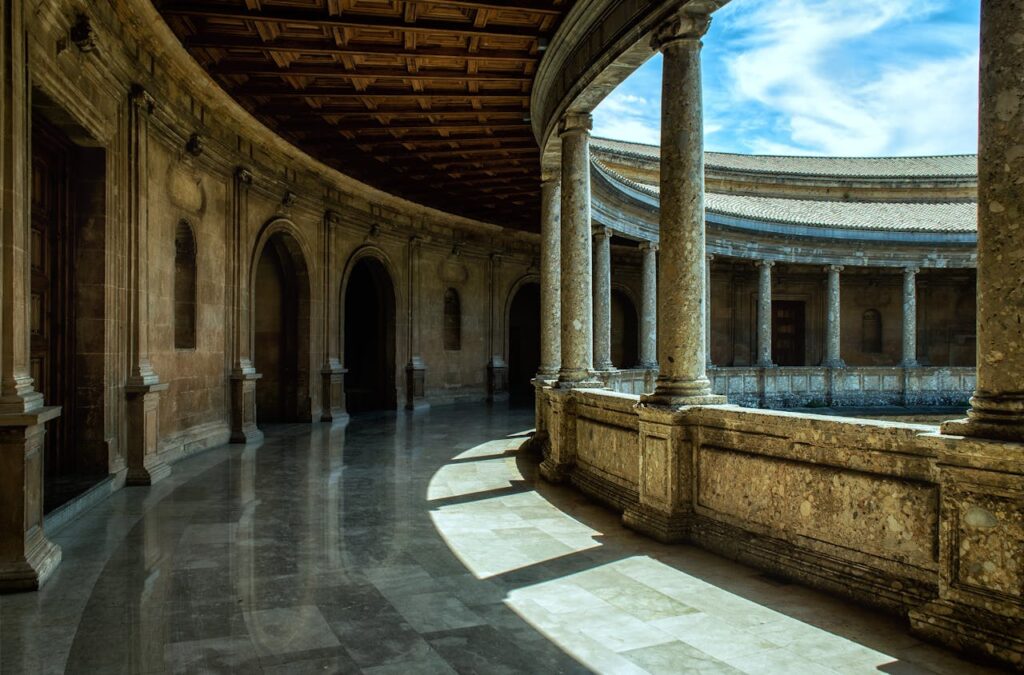
Despite its intricate Moorish architecture and historical significance, the site’s popularity can lead to large crowds and difficulty securing tickets.
Angkor Wat (Cambodia)
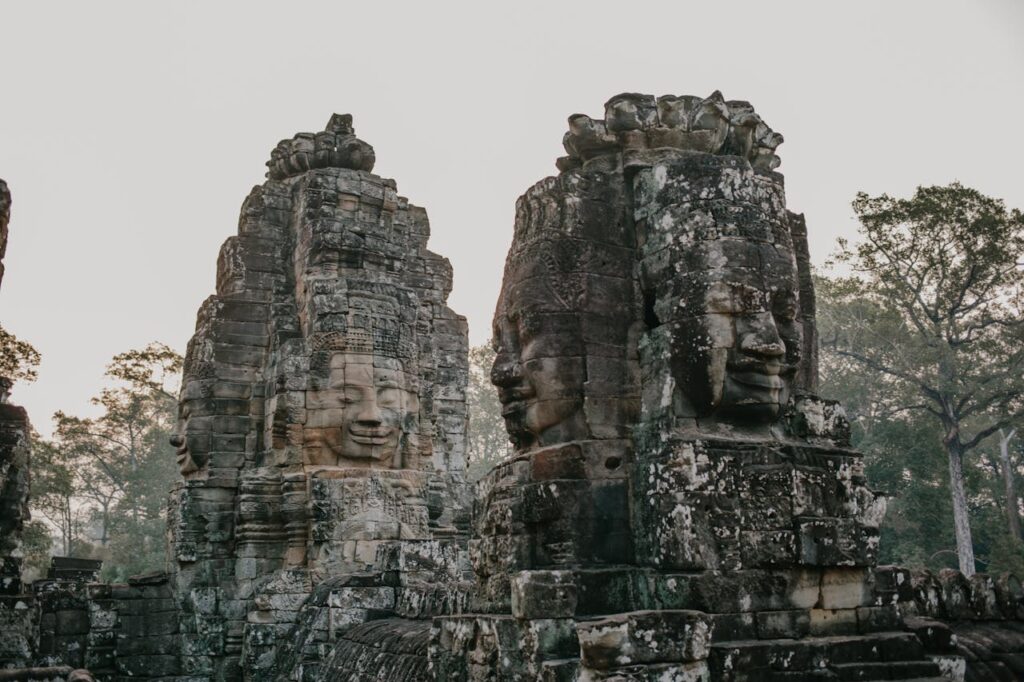
Its popularity has led to overcrowding, and the presence of vendors and tour groups can disrupt the peaceful ambiance of the temple complex.
The Vatican City (Vatican)
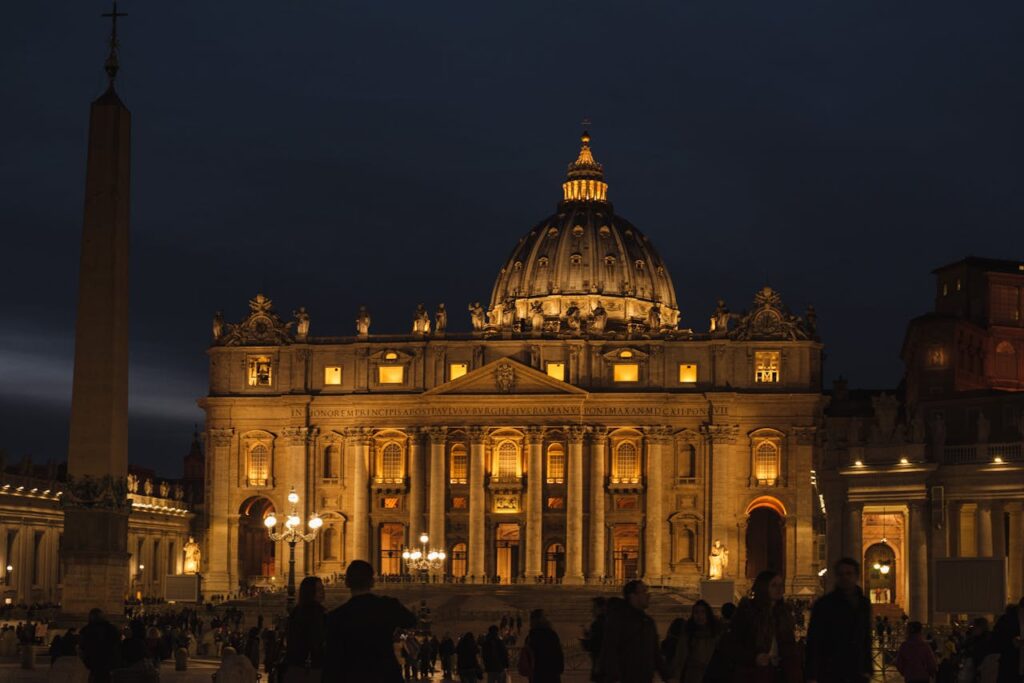
While home to iconic landmarks like St. Peter’s Basilica and the Sistine Chapel, the Vatican’s crowds and long lines can make it challenging to fully appreciate its treasures.
The Acropolis (Greece)
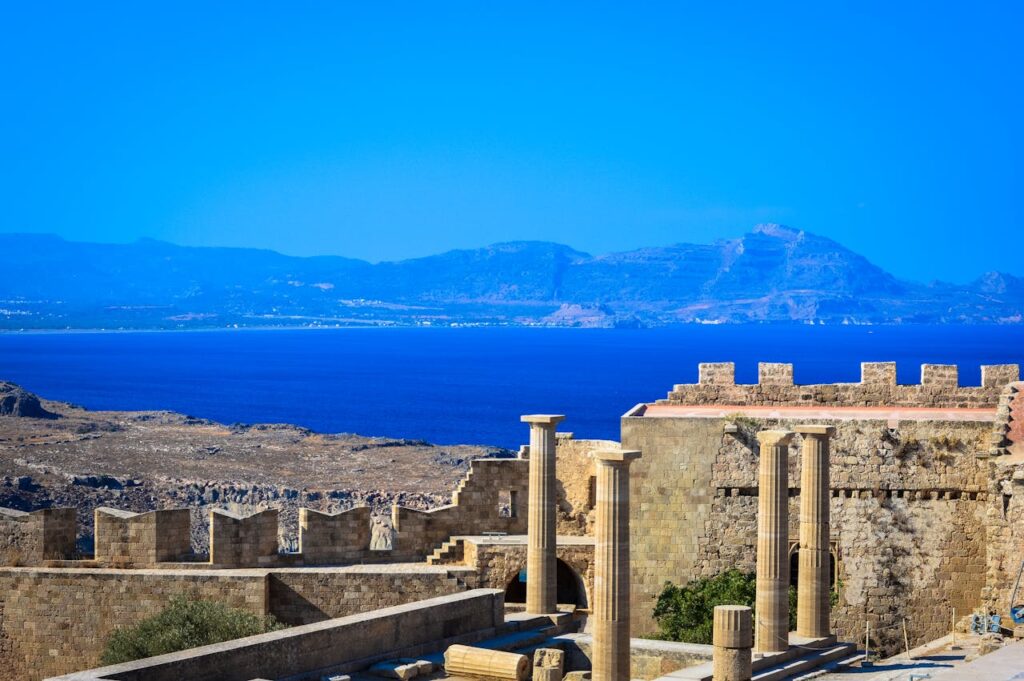
The ongoing restoration work, crowds, and restrictions on accessing certain areas can detract from the experience of visiting this ancient citadel.
The Palace of Versailles (France)
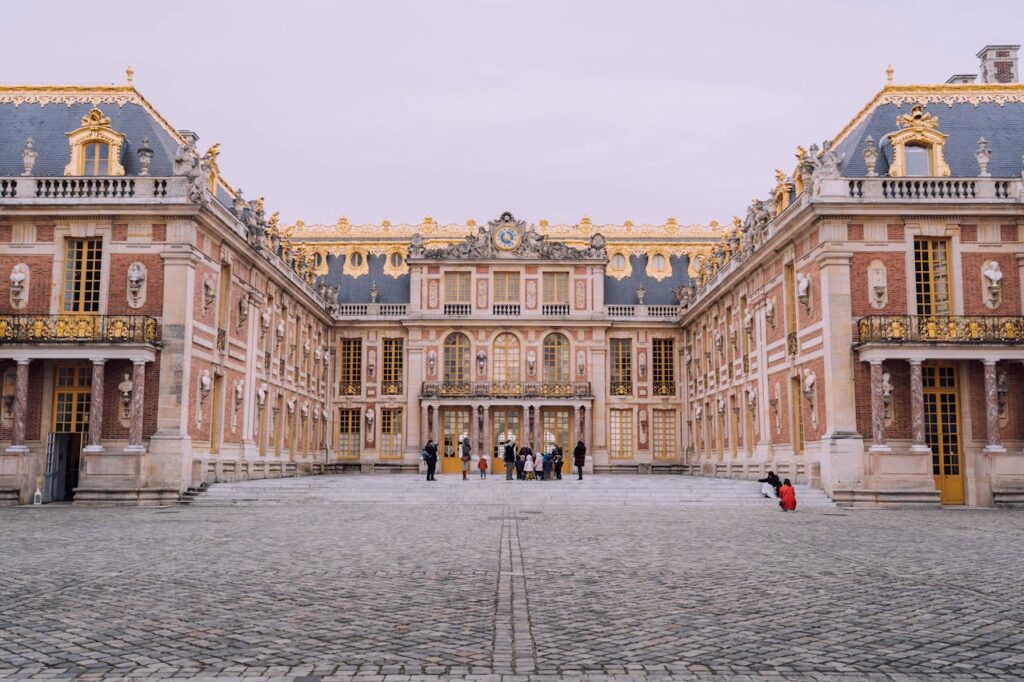
Its opulent gardens and historical significance are marred by the large crowds and limited access to certain areas during peak tourist seasons.
Mount Rushmore (USA)
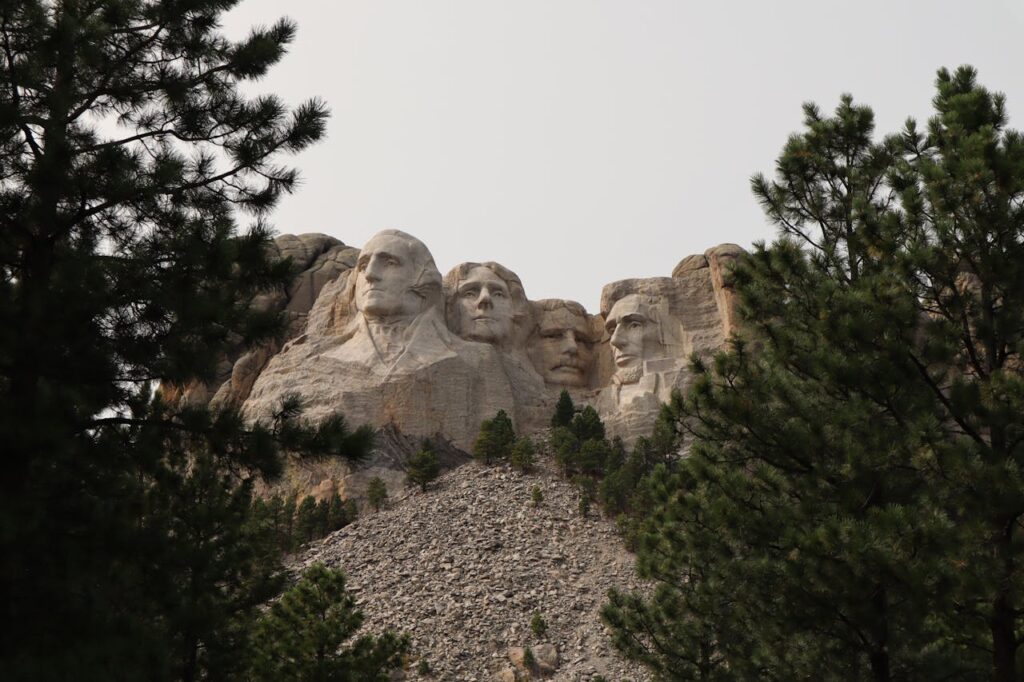
While impressive in scale, the site’s commercialization and crowded viewing areas can diminish the awe-inspiring nature of the monument.
The Panama Canal (Panama)
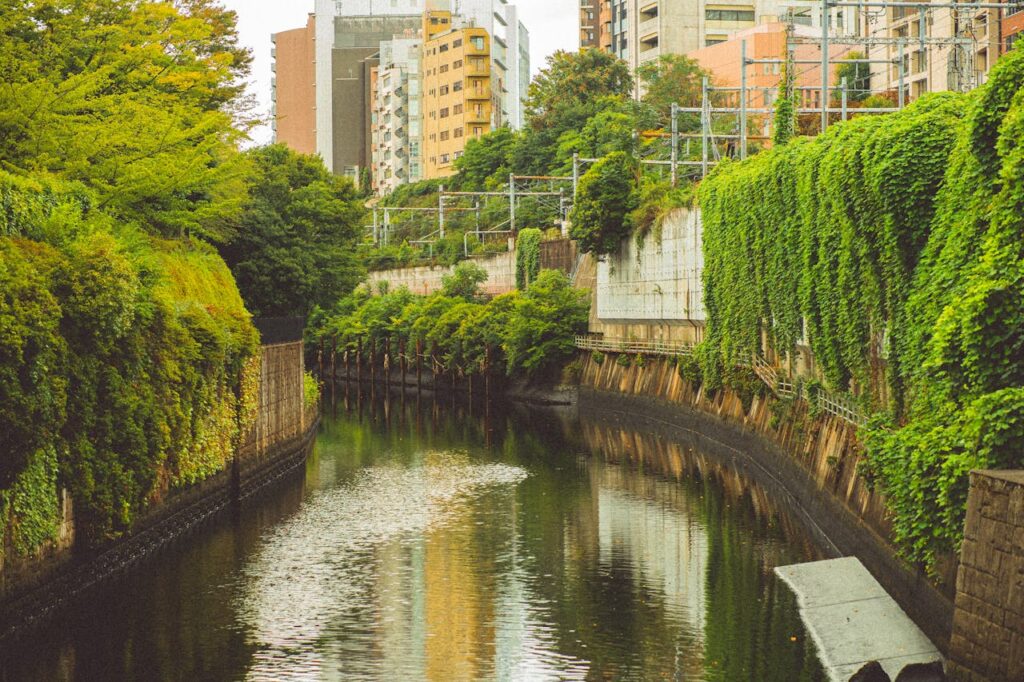
While a marvel of engineering, the canal’s visitor center and viewing areas can feel overly touristy and lack the grandeur one might expect.
The Blarney Stone (Ireland)
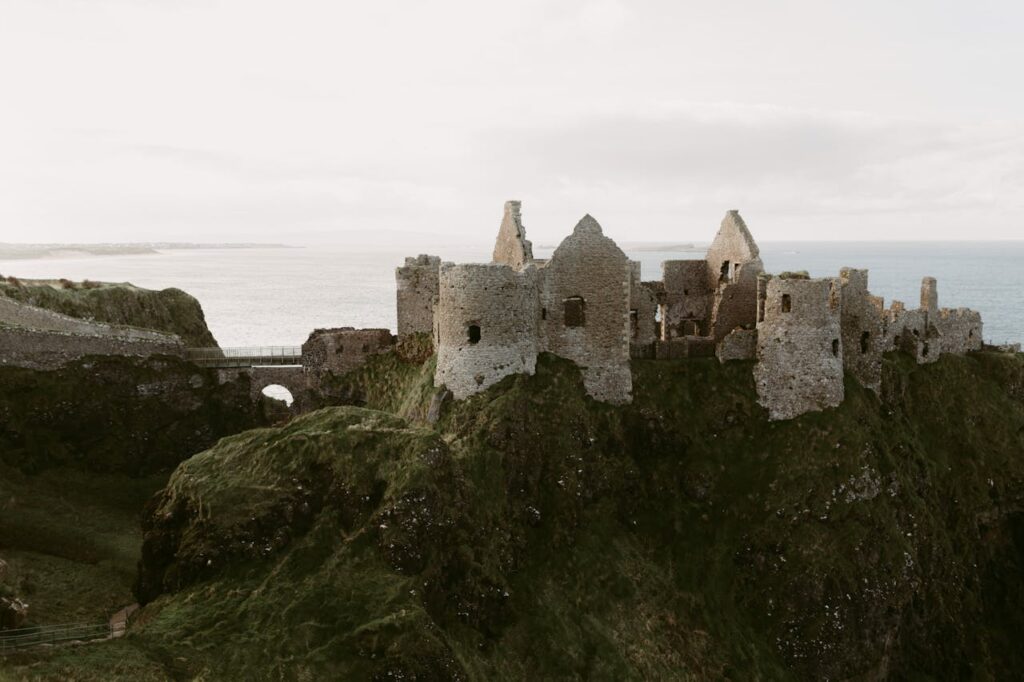
Despite its folklore and tradition, the site’s commercialization and the need to lean backward over a protective railing can make the experience underwhelming.
The Hollywood Walk of Fame (USA)

While iconic, the walk can feel touristy and lack the glamour that many associate with Hollywood.
The Mona Lisa at the Louvre (France)
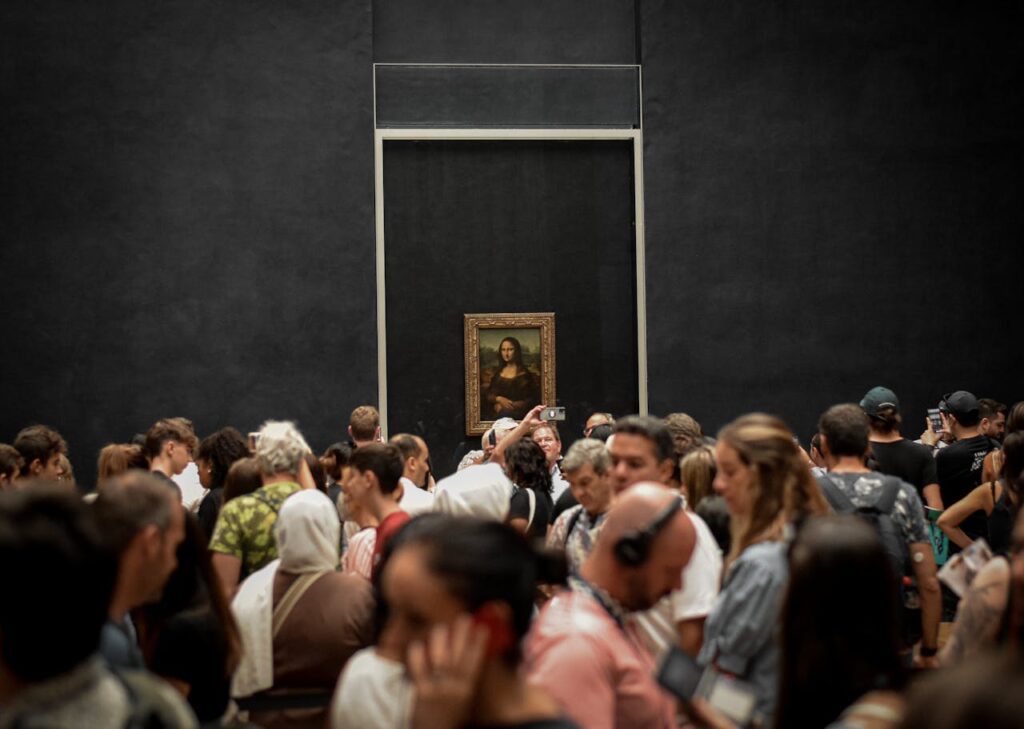
While an iconic painting, the Mona Lisa’s small size, distance from viewers, and the crowds jostling for a glimpse can detract from the experience.
The Leaning Tower of Pisa (Italy)
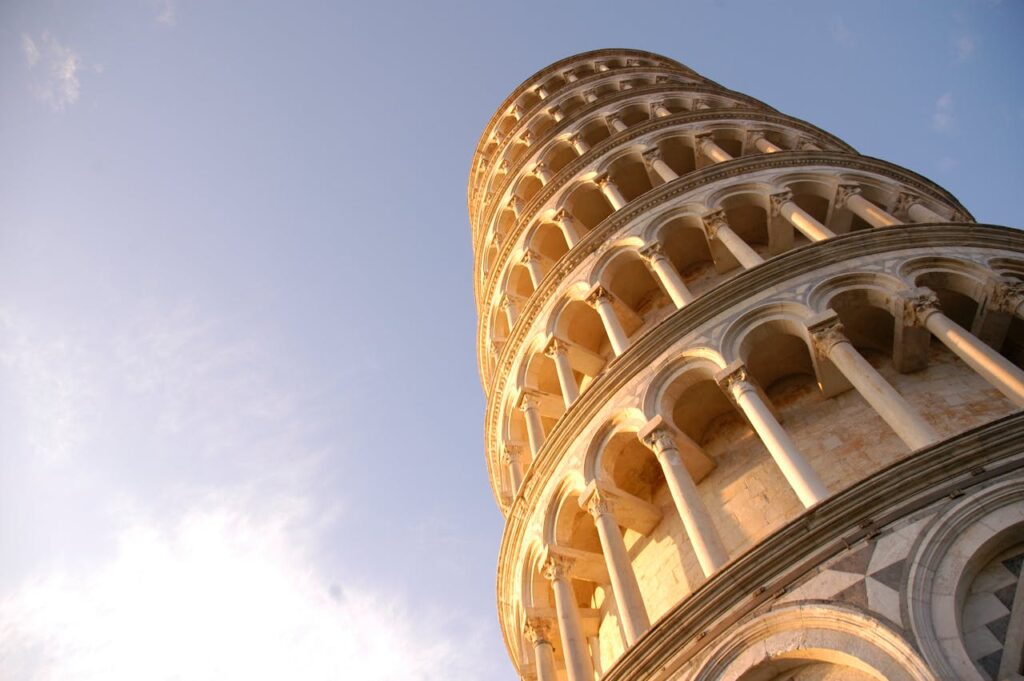
While famous for its tilt, the tower’s crowded surroundings and commercialization can make it feel less authentic and awe-inspiring.
The White House (USA)
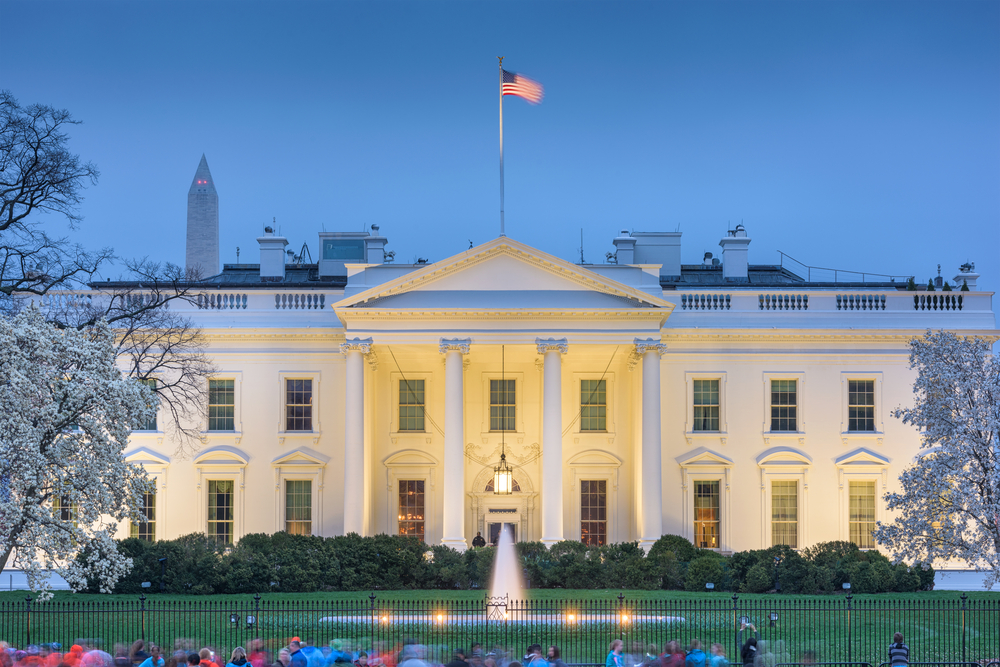
Security measures, limited access, and the inability to tour certain areas can make visiting the White House less fulfilling than anticipated.
The Hollywood Sign (USA)
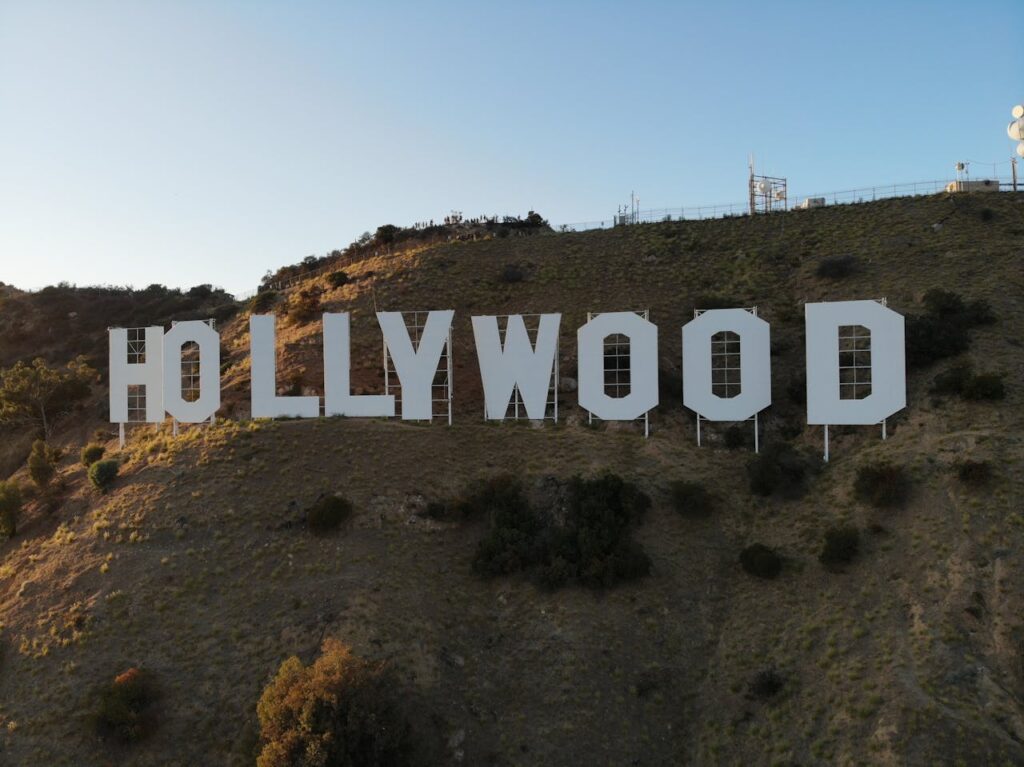
While iconic, the sign’s restricted access and distant viewpoint can make it less impressive in person.
The Christ the Redeemer Statue (Brazil)
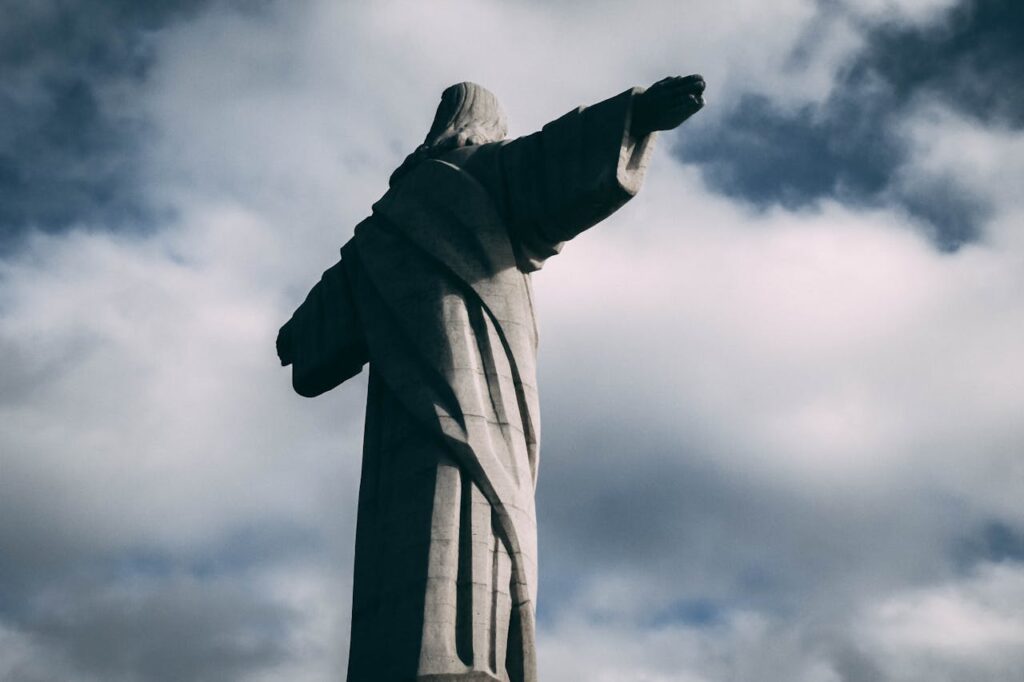
Despite its iconic status, the site’s crowds and limited viewpoints can detract from the spiritual and aesthetic impact of the statue.
The Golden Gate Bridge (USA)
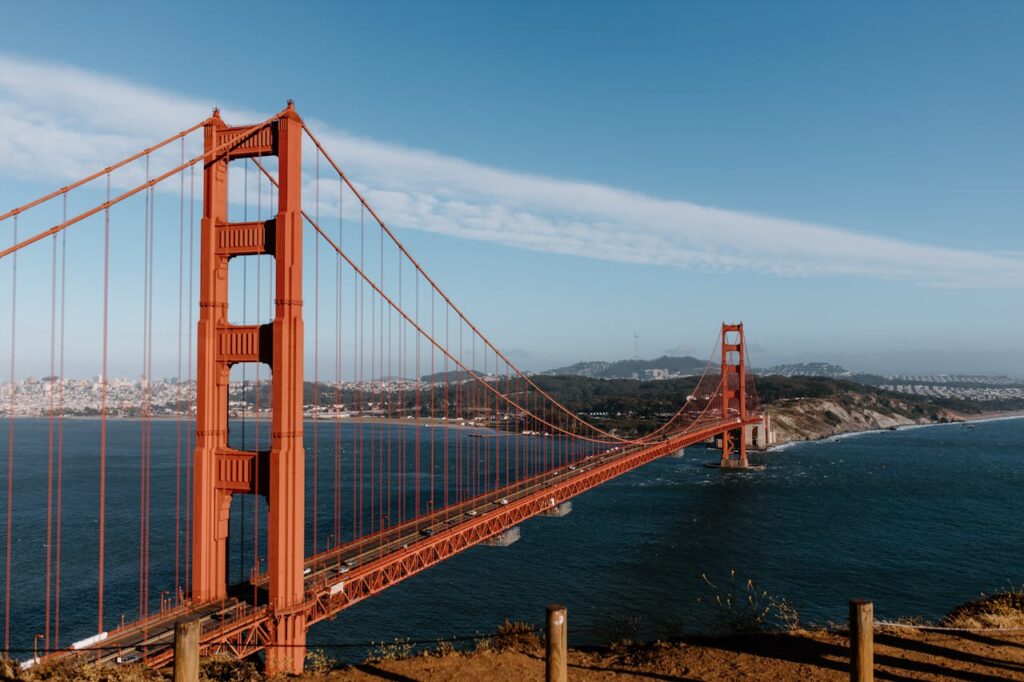
While an engineering marvel, the bridge’s crowded pedestrian walkways and traffic can detract from the peaceful experience many expect when visiting.
This article originally appeared on UnifyCosmos.
More from UnifyCosmos
21 Mind-Expanding Apps for Personal Growth
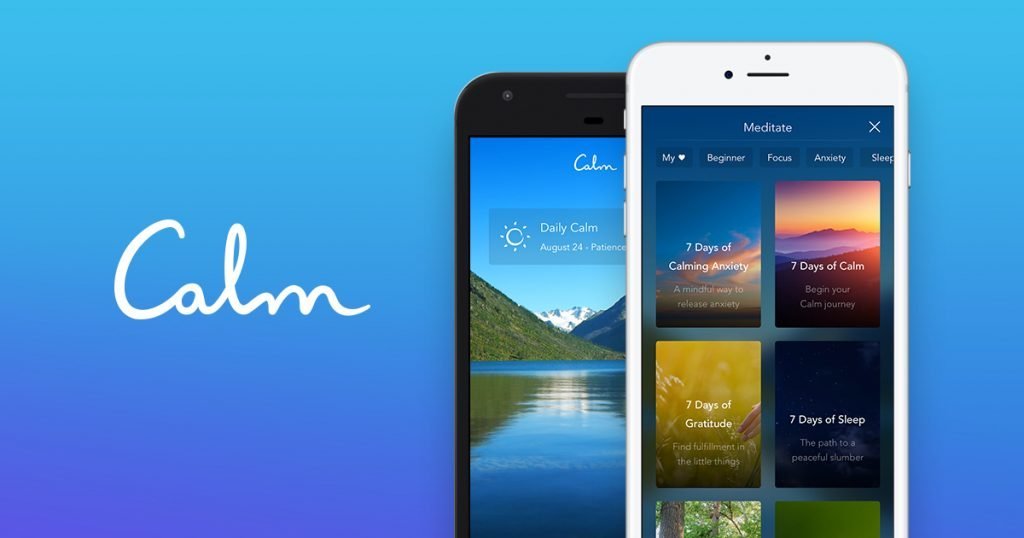
Here, we explore some of the most mind-expanding apps that can aid in your quest for personal growth, helping you to become the best version of yourself. Read more!
23 Surprising Health Benefits of Common Foods

In this article, we’ll explore some of the most surprising health benefits of common foods and how they can contribute to a healthier, happier life. Read more!
20 DIY Hair Masks for Hydrated and Nourished Locks

Say goodbye to expensive salon treatments and hello to healthy, glossy hair from the comfort of your home. Dive into our list of the best DIY hair masks to revitalize your tresses and achieve salon-quality results. Read more!
Leave a Reply